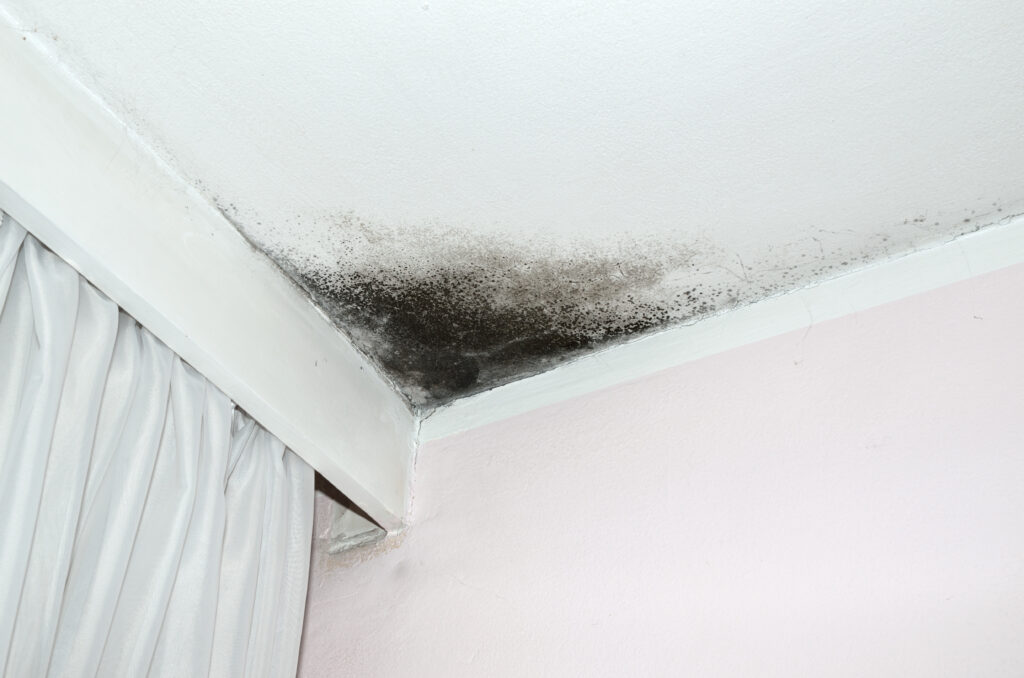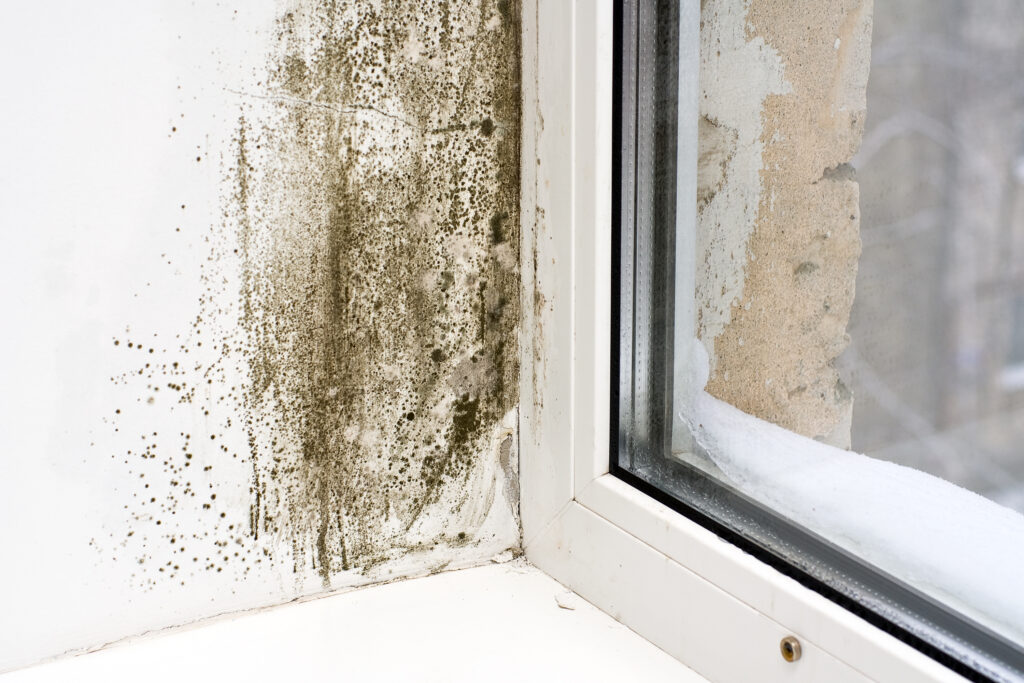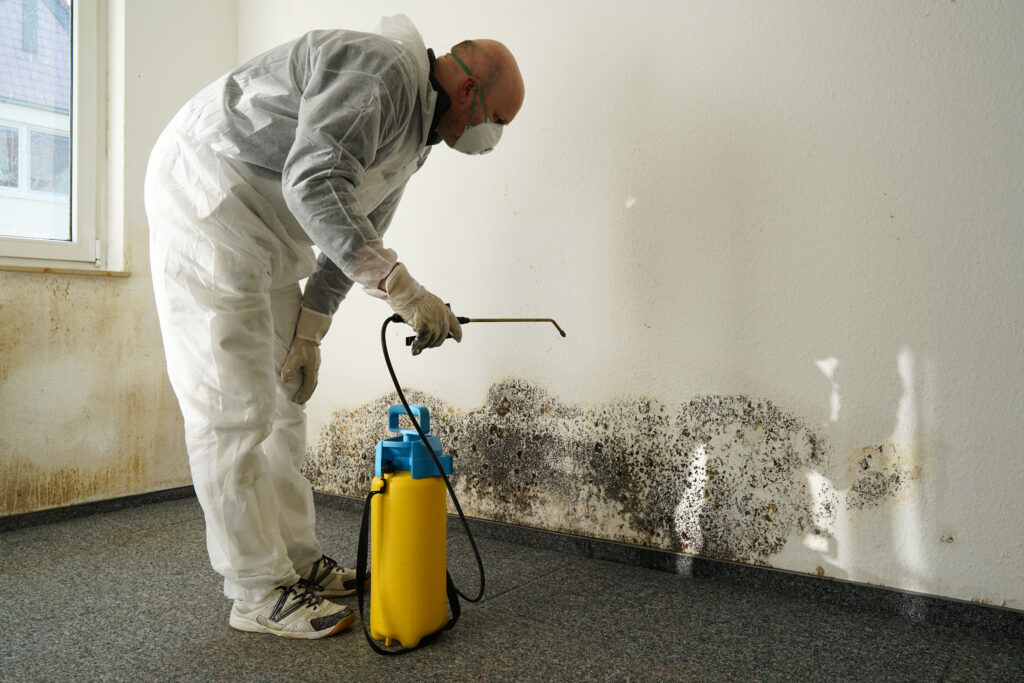Anyone who has ever had a problem with mold knows how devastating it can be for a residential or commercial property. Mold can destroy precious items and cause health problems for everyone that spends time in its vicinity, and mold mitigation prevents continued damage.
If left untreated, the spores will spread quickly through your home or office, creating an escalating situation that requires professional involvement.
The good news? There are professionals who specialize in mold mitigation! In this blog post, we discuss the four steps experts use during mold mitigation, preventing further damage from mold spreading throughout your property and destroying your belongings.

These terms are all very similar and often used interchangeably. There are some differences, though!
Mold mitigation is the process of preventing further damage. It's the first step in getting your home back to the way it was before the mold issue showed up in the first place. In situations with mold, this involves bringing the mold back to the proper level, so it doesn't continue causing damage.
Abatement is the process of containing the problem, so it no longer causes harm. For example, removing all the mold-affected items from your home would stop the issue but won't fix the underlying cause.
Remediation is identifying the source of the problem and making sure it doesn't happen again. Identifying sources of moisture and fixing them is often the key to a successful mold remediation operation.
And finally, restoration is the process of getting your property back to the way it was before the mold issue occurred.
As you can see, these terms are all remarkably similar. That's why professionals and consumers use them without being specific—they all effectively mean "solving the mold problem!"

One quick note about the nature of mold before we dive into the mold mitigation process: mold is everywhere, all the time. When there's a mold problem, growth occurs and increases the presence of mold spores beyond a reasonable level.
Because mold exists throughout our environment, there's no such thing as "mold removal." That's why it wasn't on the list of terms above!
Remember, mold mitigation is the process of preventing further damage from mold. After completing this work, the final portion of the mold restoration process begins—that's when your chosen mold professional will bring your home back to its pre-disaster condition.
The four steps of mold mitigation are:
Let's take a look at each of these in-depth.
The process begins when you contact your mold professional. ER Contracting services Houston, Texas, and the surrounding suburbs—we're just a call away!
Then, a professional will come to your residential or commercial property and begin their assessment. Your chosen expert looks for visible mold and hidden mold growth, such as behind walls, using a variety of tools that detect hidden moisture.
Often, the most effective containment method is simply turning off HVAC units. Mold spores can't spread if there's no air circulation!
Other measures include blocking off areas with physical barriers and using negative air pressure to prevent mold spores from spreading during the clean-up process.
A crucial part of mold mitigation is clearing the mold spores from the air. Air scrubbers churn through the affected air using special vacuums fitted with advanced filtration technology, removing excess mold spores as they work.
The final step of mold mitigation, or stopping further damage, is removing everything that has mold growth. These materials could include drywall and carpeting.
On other surfaces, advanced treatments can kill mold colonies and prevent new ones from forming.

The restoration process continues once mold mitigation is complete. After preventing damage from mold growth, the affected items are salvaged by undergoing a thorough cleaning process. Any damaged areas are rebuilt, and the source of the moisture that caused mold growth is identified and addressed.
The many terms for dealing with mold problems are used interchangeably. You don't need to know the exact differences—mold restoration professionals make it their mission to return your home to the pre-mold condition.
If you are looking for mold mitigation services—or, more broadly, mold restoration—and are in the Houston area, give ER Contracting a call! Our friendly professionals are available to help you recover from your mold issue and are just a phone call or contact form submission away!